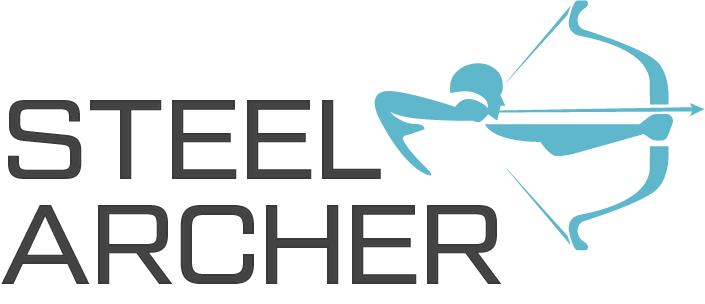Technology implementations can struggle and fail for a variety of reasons, often stemming from a combination of technical, organizational, and human factors. Here are some common reasons why technology implementations may face difficulties or fail:
- Lack of Clear Objectives: Without clear and well-defined objectives, it’s challenging to measure success. Projects that lack a clear purpose and scope can easily drift off track.
- Poor Planning: Insufficient planning, including inadequate requirements gathering, scope definition, and project management, can lead to cost overruns, delays, and scope creep.
- Inadequate Resources: Insufficient budget, staffing, or expertise can hinder the successful execution of a technology implementation. Underestimating resource needs can lead to project stalls or failures.
- Resistance to Change: Employees may resist adopting new technologies due to fear of job displacement, unfamiliarity, or concerns about how changes will affect their work. This resistance can impede project progress.
- Lack of Leadership Support: Strong executive sponsorship and support are crucial for project success. When leaders do not actively endorse or prioritize a technology initiative, it may struggle to gain traction.
- Ineffective Change Management: Failing to address the human element of change is a common pitfall. Effective change management strategies, including communication, training, and addressing employee concerns, are essential for successful implementation.
- Inadequate Testing and Quality Assurance: Rushing through testing and quality assurance processes can lead to undetected bugs and issues that surface after deployment, causing disruptions and dissatisfaction.
- Scope Creep: Expanding the project scope without proper assessment and control can lead to delays and increased costs. Scope changes should be carefully managed and documented.
- Poor Communication: Insufficient communication between project stakeholders, including end-users, IT teams, and business units, can lead to misunderstandings, misalignment, and confusion.
- Vendor or Technology Selection: Choosing the wrong vendor or technology solution that does not align with the organization’s needs or goals can lead to implementation challenges and dissatisfaction.
- Inadequate Training and Support: Failing to provide adequate training and ongoing support for end-users can result in low adoption rates and frustration with the new technology.
- Data Migration Issues: Migrating data from legacy systems to new technologies can be complex. Data quality, mapping, and transformation challenges can disrupt operations if not properly addressed.
- Regulatory and Compliance Challenges: Non-compliance with industry regulations or data privacy laws can lead to legal issues and project setbacks.
- Budget Overruns: Budget constraints or underestimation of project costs can lead to incomplete implementations or the need for additional funding.
- Technology Complexity: Implementing highly complex or cutting-edge technologies can be more challenging and prone to unexpected issues than simpler solutions.
- Lack of Scalability and Future-Proofing: Failing to consider future scalability and evolving technology needs can result in systems that quickly become obsolete or require costly modifications.
- External Factors: External factors like economic changes, industry disruptions, or geopolitical events can impact the success of technology implementations.
To mitigate these challenges and improve the chances of a successful technology implementation, organizations should invest in thorough planning, stakeholder engagement, change management, and project management practices. Regular monitoring and adjustments throughout the implementation process are also critical to address issues as they arise and keep the project on track. Steel Archer did it again and again, and now could help your team too.

